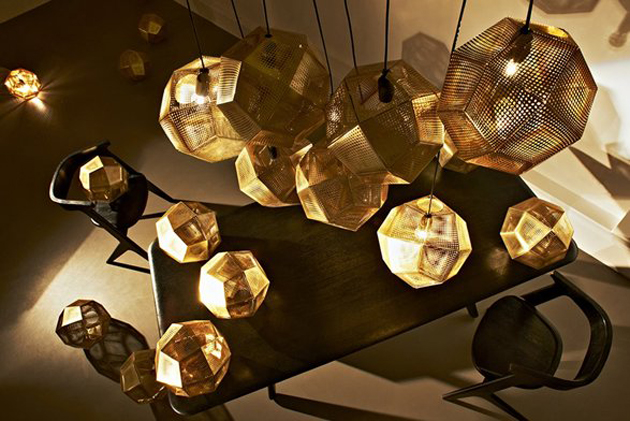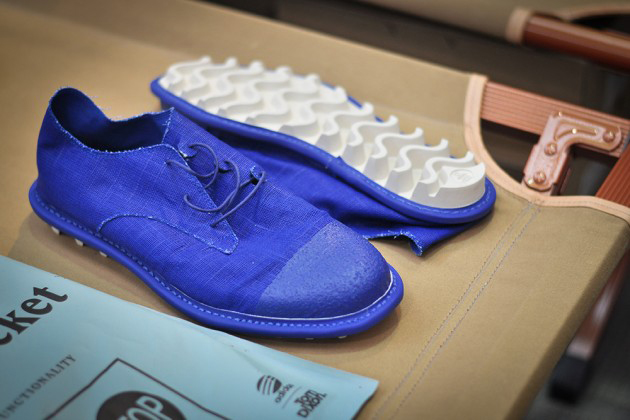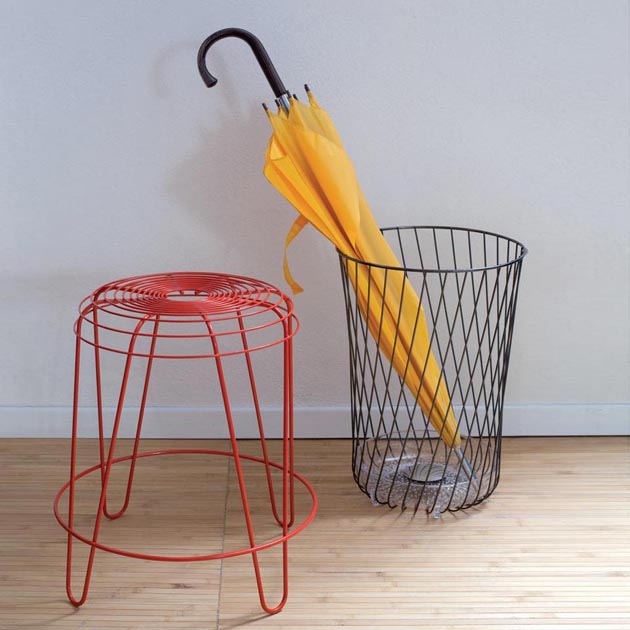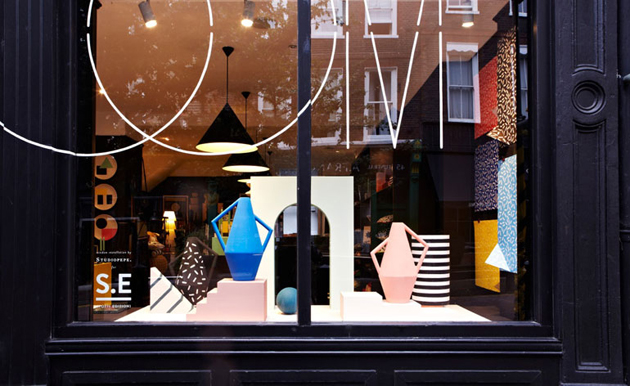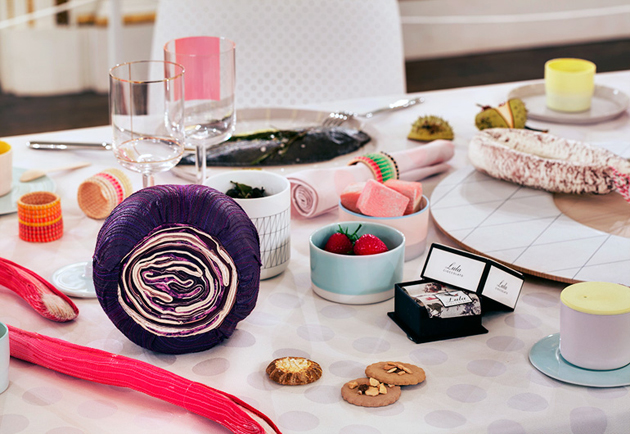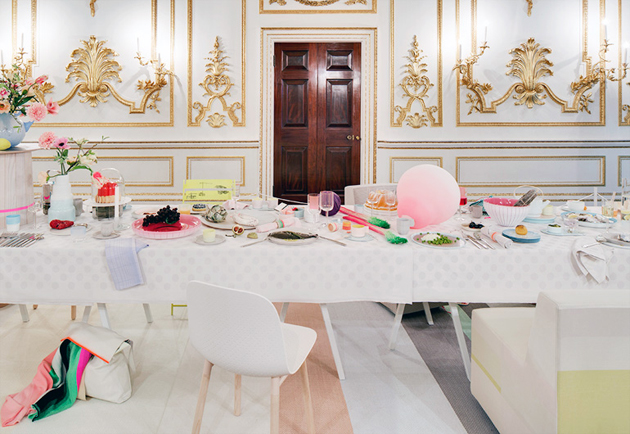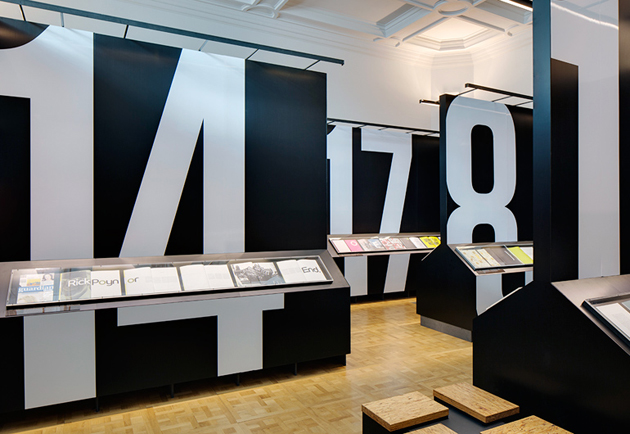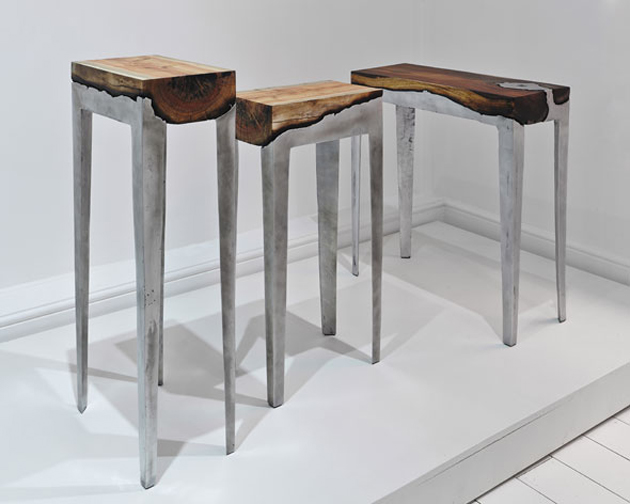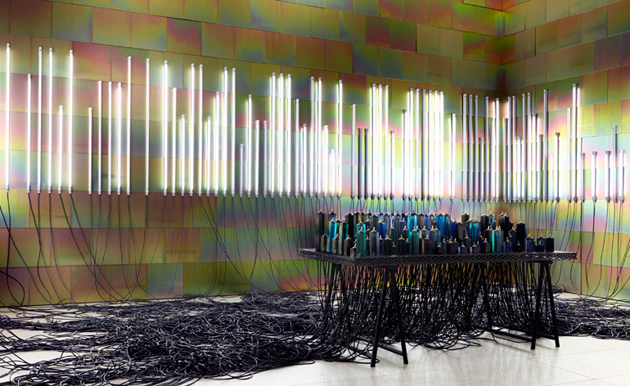Let’s play a game. Its aim is to look for affinities and variations between designers and their disciples, and to establish a common thread that may highlight cultural roots, common backgrounds and shades of the identities. How do we start? For example, we could try to write down an equation like the following one:
Tom Dixon : Faye Toogood = Konstantin Grcic : Pauline Deltour
Who are the protagonists? Dixon and Grcic are perhaps among the most famous designers of the early fifty-year-old generation. The first is English, the second is German. In more detail, they both stand out for the consistent development of their projects, always capable to fulfill the needs of the end users without renouncing to innovate with originality and wit the interiors they contribute to furnish.
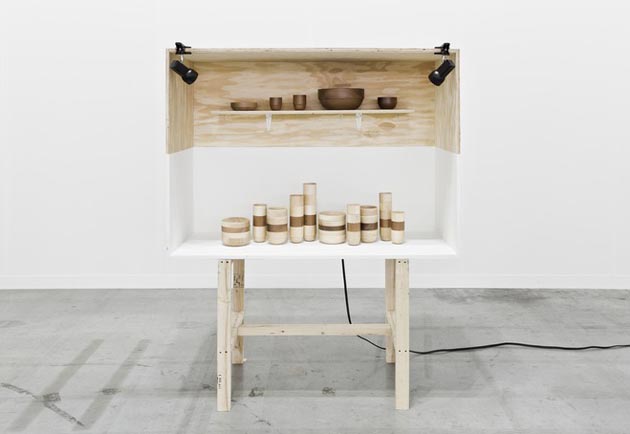
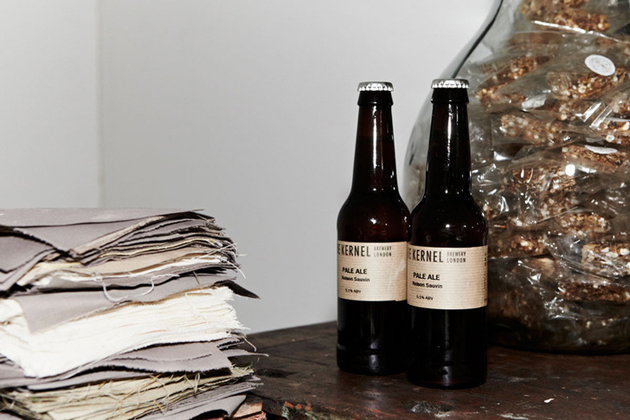
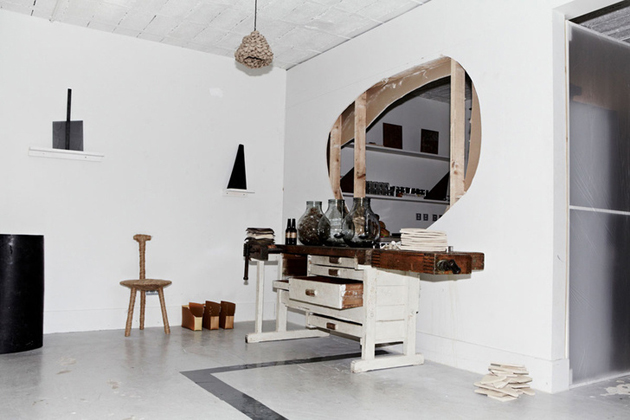
Nevertheless, it’s not only their personality to divide them – anarchic for Dixon, functionalist for Grcic -, but a cultural background which reminds us of a crucial chapter in European history of ideas: the dialectics between English and German philosophical traditions, empiricism and rationalism. Dixon, ethereally self-taught by his own intuitions, keeps on reinventing himself when he designs his beloved, iconic lamps, as well as when he founds a new design showcase (as it’s the case with Most). Grcic, instead, has an undisputed talent to synthesize a problem solving attitude with a rigorous aesthetics, as for Achille Castiglioni’s Parentesi restyling in 2013, or for his most venerated product, iconic Magis’ Chair One.
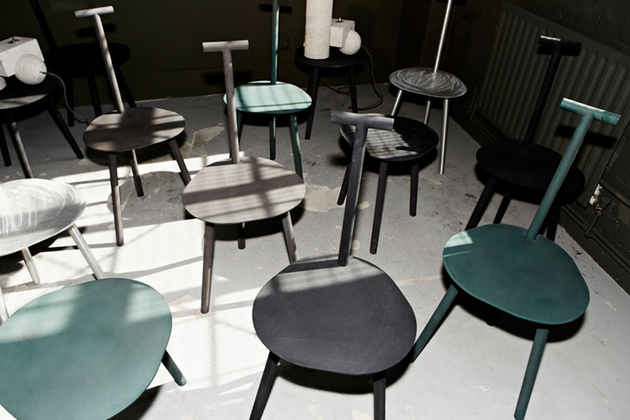
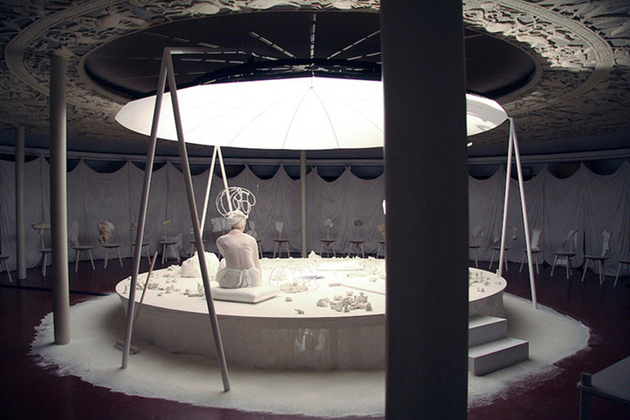
And what about Toogood and Deltour? They both worked side by side with the other two designers in their own studios, getting acquainted with their masters’ methodologies and approaches. Then, they both chose to work as freelancers, emerging on the European scene as two of the most innovative young voices in the design field.
In her installations (La Cura, The Batch Room, Natura Morta), Faye Toogood privileges the spontaneity of a rough, impulsive taste: the experiences she’s used to offer to her customers, or to her public, are developed every time according to the specific context she’s involved in, always in the quest to reshape her objects through an immanent approach. The process is always refocused, and self-expression can’t be but an inescapable requirement. Pauline Deltour, on the contrary, doesn’t overstep the physical boundaries of her products, neither she reconsiders their terms of usage. Instead, she prefers to provide cost-effective yet fit-for-purpose solutions for everyday living needs (Alessi’s “A Tempo” collection, Discipline’s “Roulé” collection), designing affordances with an emphatic, familiar touch and working with materials through a clear-cut resolution.
